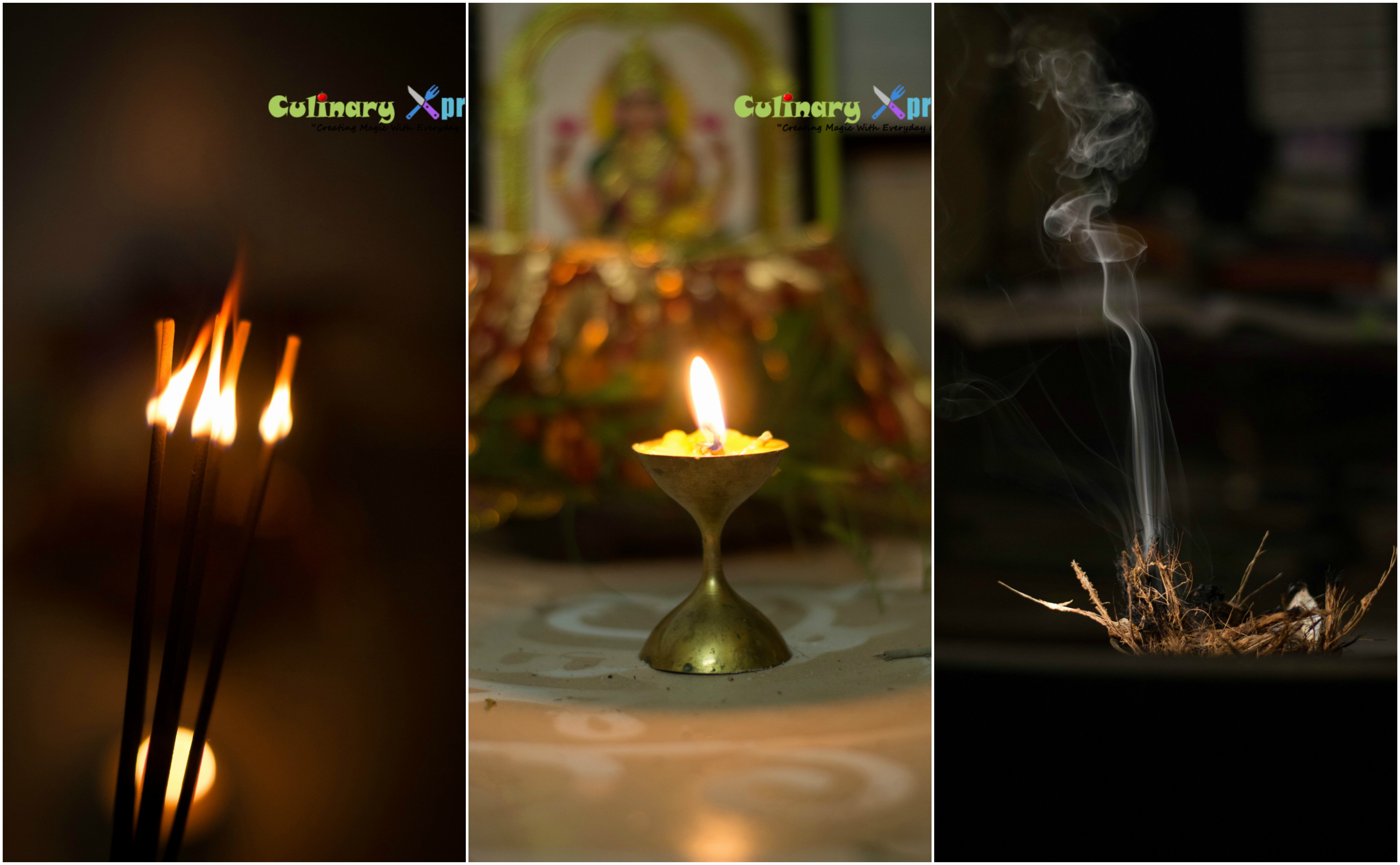
MANABASA GURUBAR is a very famous ritual among Odia Hindu married women. Laxmipurana highly praises the divine compassion of Mahalaxmi as the only divine source of everybody’s good fortune and prosperity. This also establishes the idea that Mahalaxmi loves the devotion of Her worshipers, irrespective of caste. So, caste is no barrier in any ritualistic practice of Hindu religion, particularly in the propitiation of goddess Mahalaxmi. This eclectic attitude prevails upon the service-pattern of Jagannath Temple where the devotees irrespective of caste partake of the Mahaprasad of Lord Jagannath together.
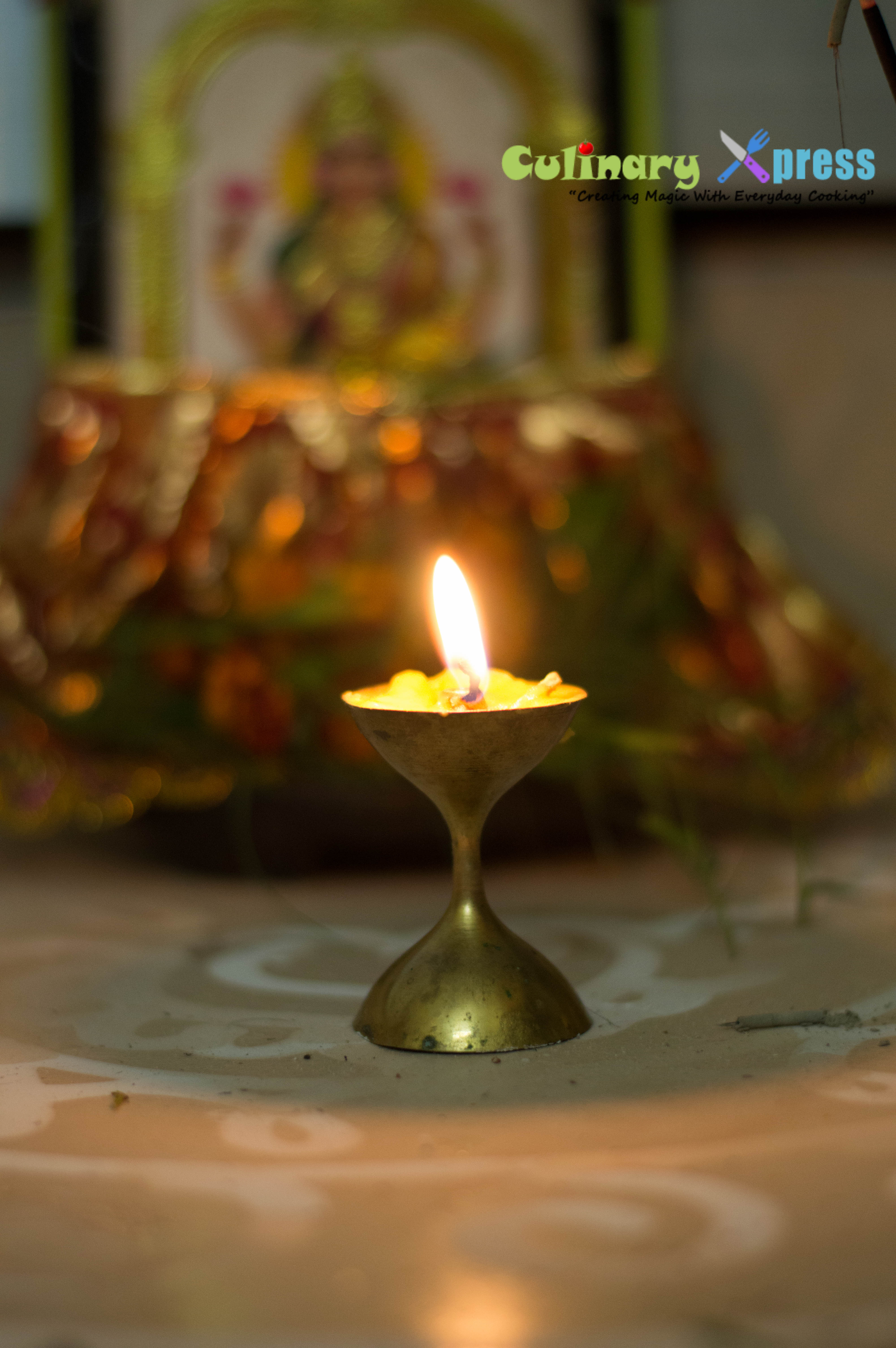
The Hindu month of Margashira (November –December) is considered very auspicious when Goddess Lakshmi is invoked in every house on Thursdays.Goddess Lakshmi is worshiped in the month of Margasira as per traditional Odia calender. In Odisha, it is believed that Goddess Laxmi, the Hindu goddess of wealth and prosperity, visit homes in Margasira month. There is a popular belief that Goddess Laxmi only visits clean houses. So all the dirt is removed and the houses are kept spick and span.This is observed for the prosperity of the family and the long life of the family members. This is an important festival as it is the harvest season when the grain is thrashed and stored. The harvest of the kharif season is worshipped as goddess Lakshmi on these Thursdays.
During this auspicious month, the women folk decorate their houses, entrances, with aesthetically designed motifs called Chita using the ground semi liquid rice paste or pithau. The white jhoti or chita is created on a smearing of red earth. Once these jhotis are created one walks around them and does not walk over them as they are offerings to the goddess Lakshmi. Also after the completion of the festival or the special occasion, these are not swept away with a broom, but are wiped clean with a wet cloth.Popular contents of ‘Jhoti’ include ‘Lakshmi-Paada’, the footprint of Maa Lakshmi, Lotus, Her favourite flower and other beautiful creations.They draw footprints because it is invitation to the godess lakshmi to visit their home.
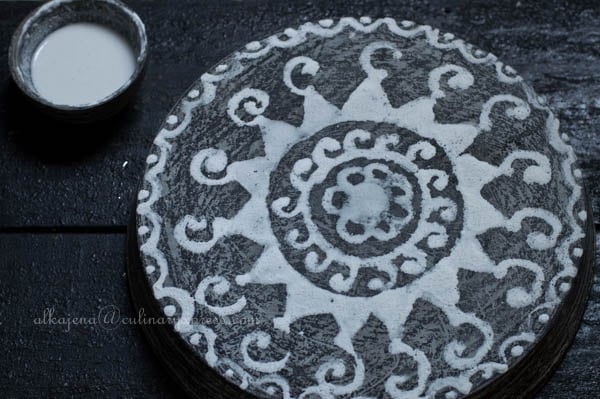
The Legend of Manabasa Gurubar is based on the ancient scripture of “Lakshmi Puran”. The untouchables were not allowed to pray, worship and do rituals to God in the ancient ages. At that time Sriya a woman from untouchables dares to pray and worship and wins over the support of Goddess Lakshmi. She got moved so much by seeing this that ,she ends discrimination on earth by encouraging even untouchables to conduct rituals and worship. But this was not acceptable to Lord Balabhadra and the real story begins when Lakshmi got separated by Lord Jagannath at the behest of his brother Balabhadra.
As Lakshmi moves out of Jagannath’s house, both Jagannath and Balram undergo immense suffering so much even they have to starve without water and food. The curse of Lakshmi had a severe impact on both the brothers for 12 years and they had a tough time. Soon they realised the importance of Lakshmi and were keen to bring her back to their home. Lakshmi returned to Jagannath’s house on one condition that there will be no discrimination of caste and creed on earth.
This unique story highlights the fact that God is equal for everyone. The story not only draws an attention towards Castism but also gives an inspiration towards Women Empowerment. This story gives message to the society that women should be respected, given proper attention and care. A house becomes home only due to a woman. This is the reason why women are considered as the Lakshmi of a home. When a woman is disrespected all the glory and happiness vanishes from the house. It reflected the reforms and progressive stance of Gods from the ancient times.The other message is of social equality, that everyone has the right to become wealthy and gain fortunes by their hard work and diligence and that social structure based on caste and discrimination of people is an unfortunate man made procedure. This unique story highlights the fact that in the eyes of the creator, everyone is equal.
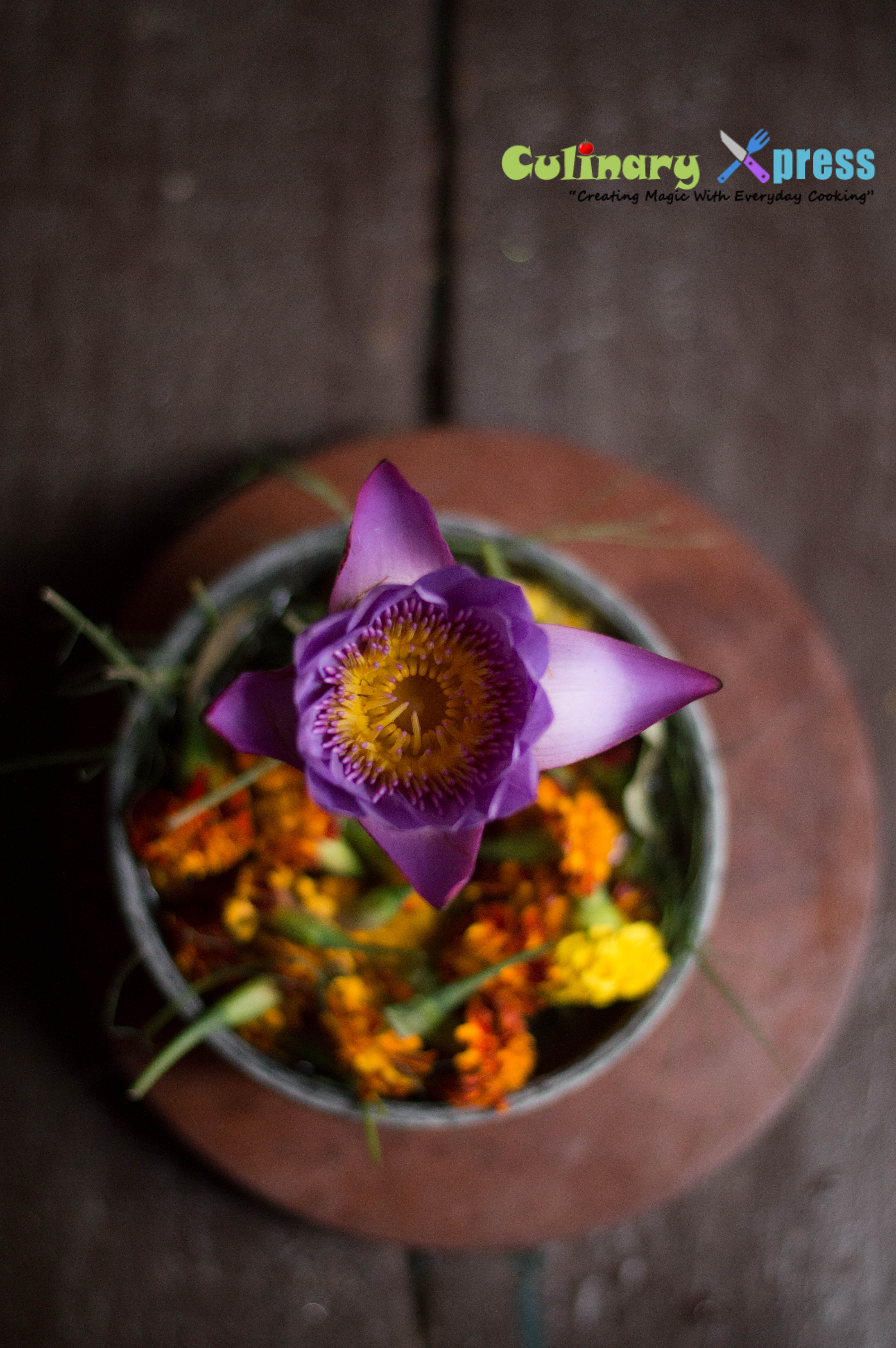
Here is a peep into the tradition followed in my house during this Puja. I have been observing my mother doing this since my childhood. Though she observes all the practices of the Puja, I am not able to do everything due to work commitment….On early morning , women wash the floors and decorate it with chita made of rice paste.
On a low table called khatuli, some newly harvested paddy grains of white colour are spread. Mana (a measuring pot made of cane) arefilled with grains and is placed on the low table called Khatuli. Three betel nuts washed in turmeric water are placed on the mana. vegetables, flowers and coloured cloth are kept and then women invoke Mahalakshmi with lamp and incense and offer three offerings of meals in puja such as Kanika, Dalma, Saga Bhaja, Kheeri, Dahi Pakhala, Chitau Pitha, Budha Chakuli, Kakara Pitha.
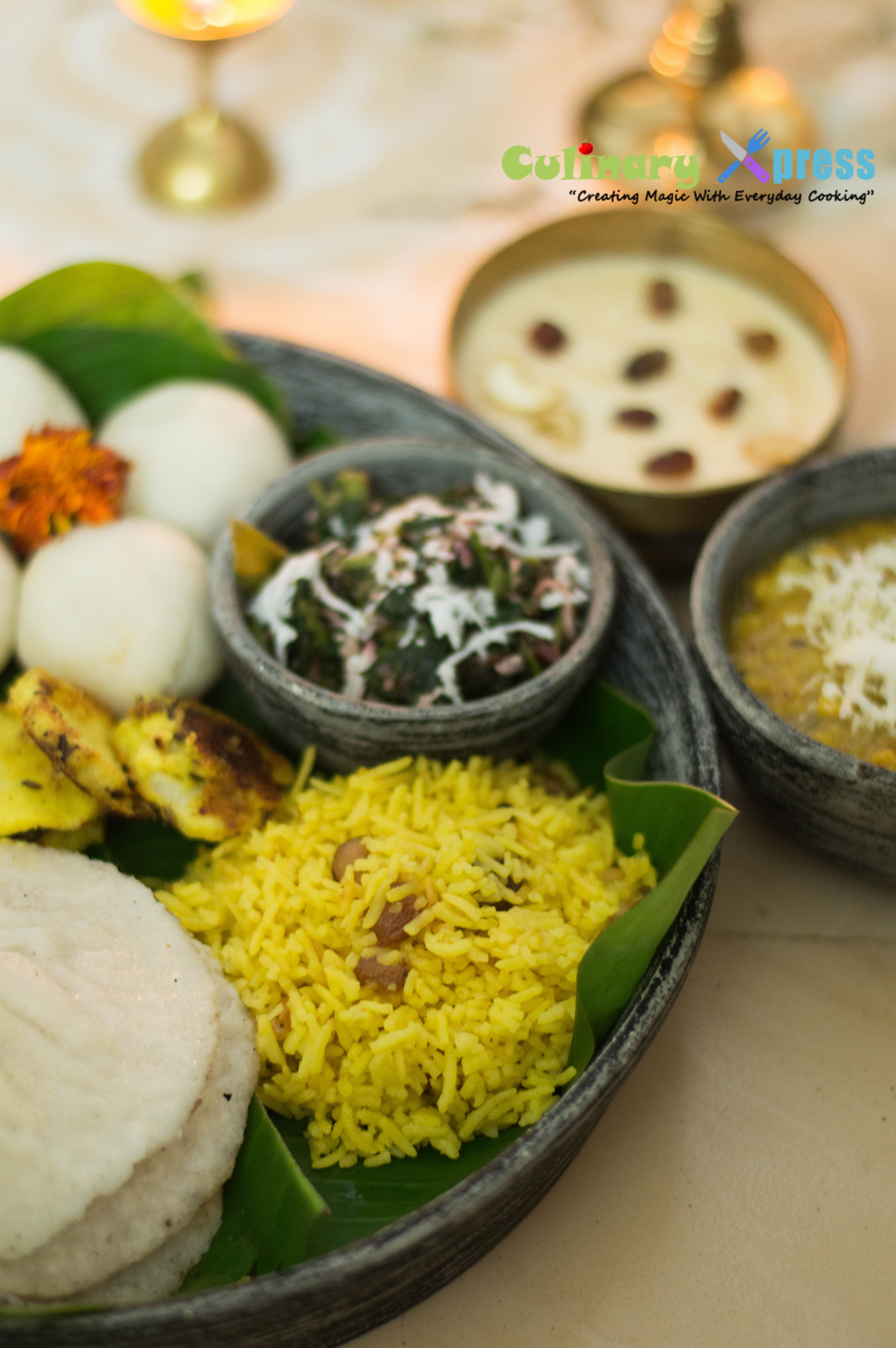
It is a popular belief that Prasad of Goddess Lakshmi is not shared with outsiders and consumed only by the original family members.It is a custom to recite the Lakshmi Purana, written by ancient poet Balaram Das, while performing the puja.
You can also find some authentic odia dishes like Enduri Pitha, Rasabali,Magaja Ladoo, Dalma, Rasmal
ai, Rasagola, Habisa Dalma, Ambula Rai, Chatu Besara etc to try in the comfort of your kitchen.


Comments are closed.